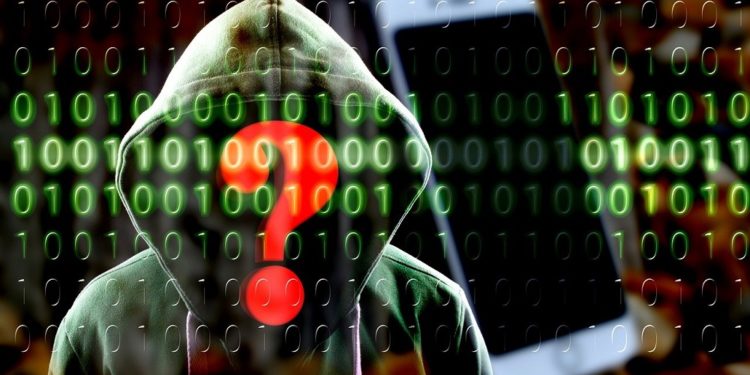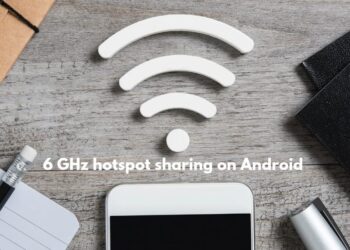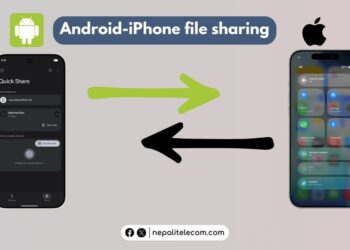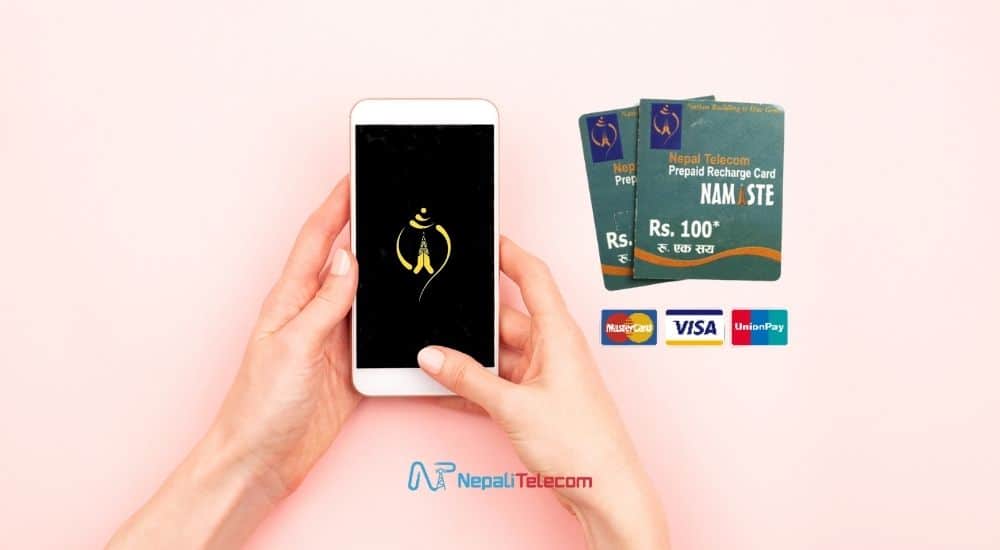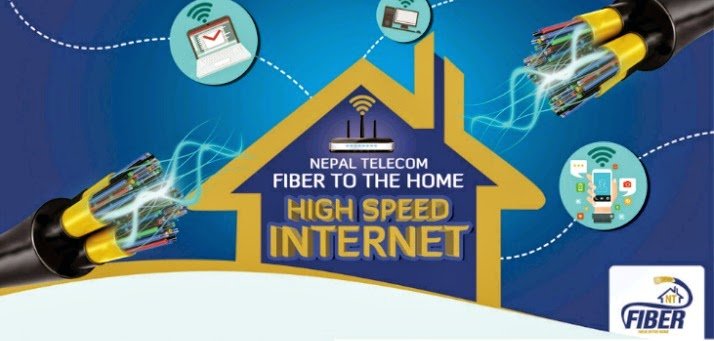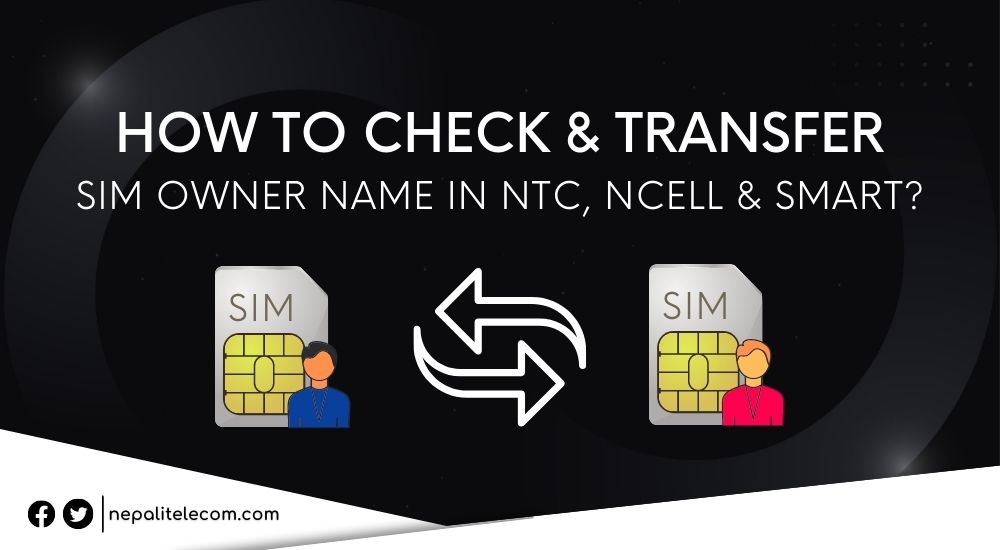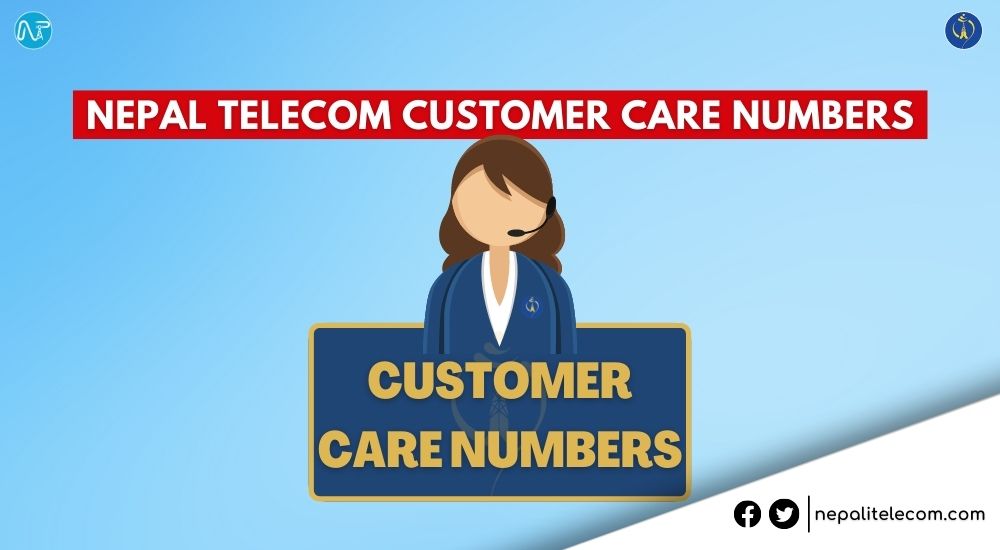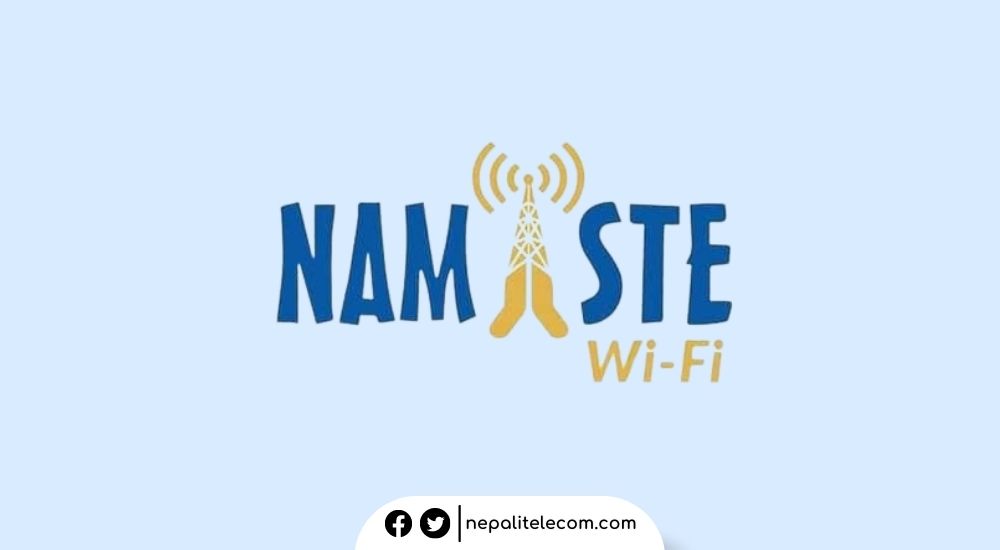- A hacker has claimed to have hacked into over 16000 WiFi hotspot dashboards from across Nepal..
- Going by the username “Nova Fire”, the user has put up the data for sale at $30 on an internet forum..
- The case highlights the possible risk of using free WiFi hotspots and calls for strict measures in place to protect user data.
A hacker has claimed to have hacked into over 16000 WiFi hotspot dashboard from across Nepal. Going by the username “NovaFire” (@DarForums), the user has put up the data for sale at $30 on an internet forum. The case highlights the possible risk of using free WiFi hotspots and calls for strict measures in place to protect user data by the ISPs.
The hacker writes that while he wrote the post, 7,472 of the hotspots were online and 9,244 offline. He wrote, “Hi, I’m selling access to a dashboard that manages +16,000 wifi hotspots in Nepal. 7,472 online and 9,244 offline at the time of write this post, 9:30 a.m Nepal time UTC +5:45.”
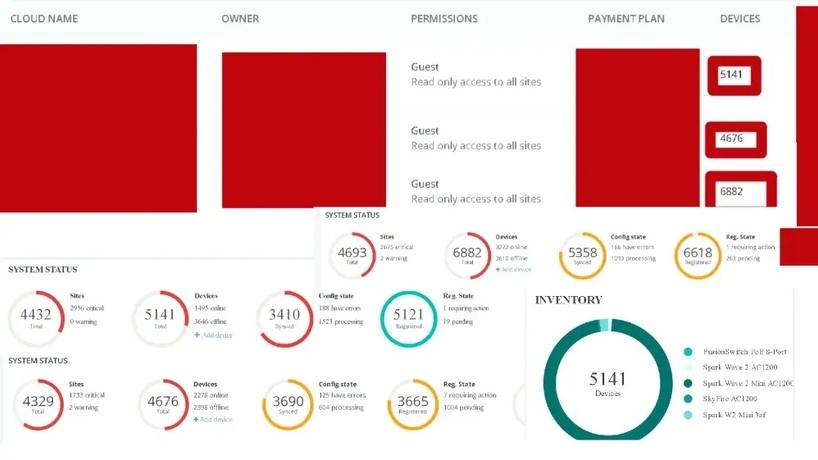
The poster said that buyers will be able to “mainly just view data such as: devices connected info (MAC addresses, upload and download info, connection time and other stats), general information and statistics for each hotspot, the hotspot’s location on a map, reboot and firmware upgrade the hotspots.”
He said that buyers could get the data for $30 to be paid in XMR or BTC, short for Monero and Bitcoin, respectively.
The user has shared a screenshot to prove his access to the dashboard. We can see system status, sites, devices, inventory, and other sections. However, the hacker has hidden details of the cloud name, owner, payment plan, etc. in the screenshot.
Also: See Who Are Using Your WiFi: Top 5 Ways to Check with Steps
WiFi hotspot dashboard hacked, it poses challenges
Hacking into the WiFi hotspots’ dashboard poses a serious challenge to user data privacy. We connect to free WiFi hotspots. We find them highly convenient and believe that they are safe to use. However, rogue users are exploiting the weaknesses, such as the access point, to gain access to the WiFi hotspot data.
In Nepal, ISPs like WorldLink and Vianet provide free WiFi hotspots in public places. Thousands of users connect to them every day. Users’ data is stored by ISPs. So, if the ISPs don’t put in place state-of-the-art cybersecurity practices, then user data will be vulnerable to hackers. No matter how many times you change your user login passwords to access free WiFi hotspots, they are less effective as hackers gain access to the ISPs’ systems.
Anyway, check out the best tips to use public WiFi safely and do the best from your part to minimize any potential threats. At least you can do that.
On a broader note, ISPs should step up their security measures to ensure their WiFi hotspots are safe and secure to use.


